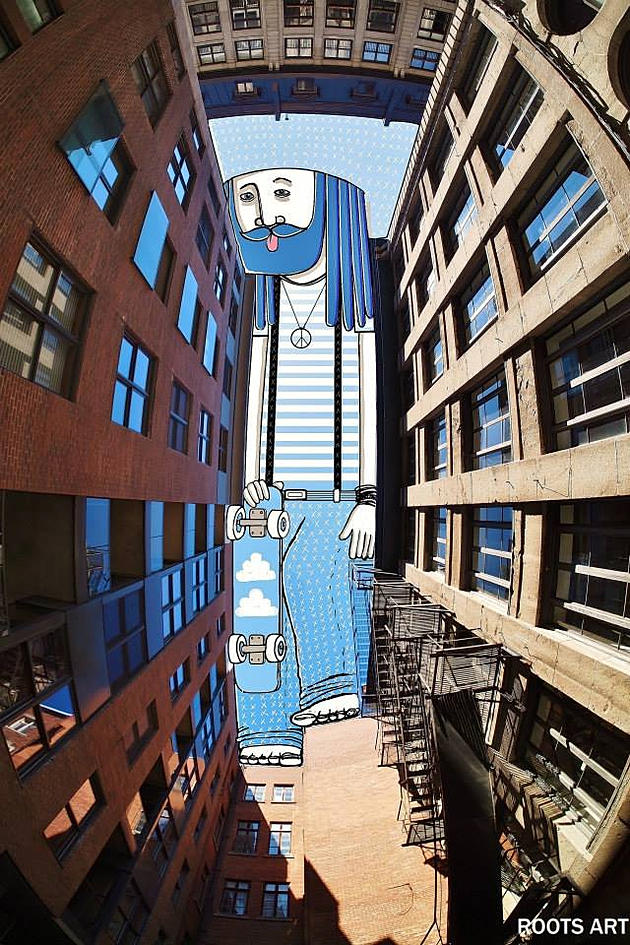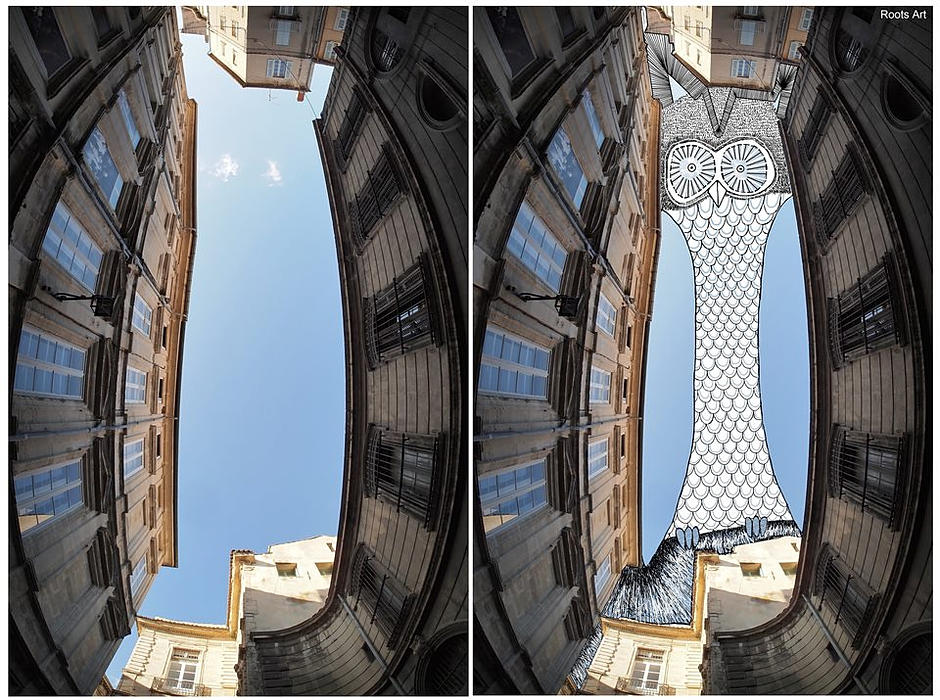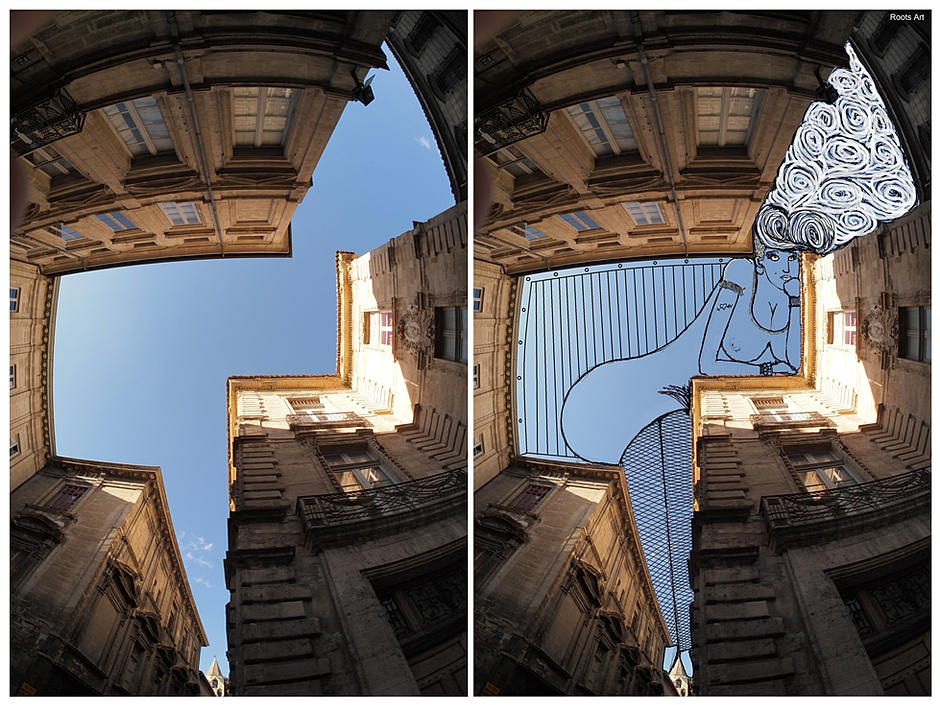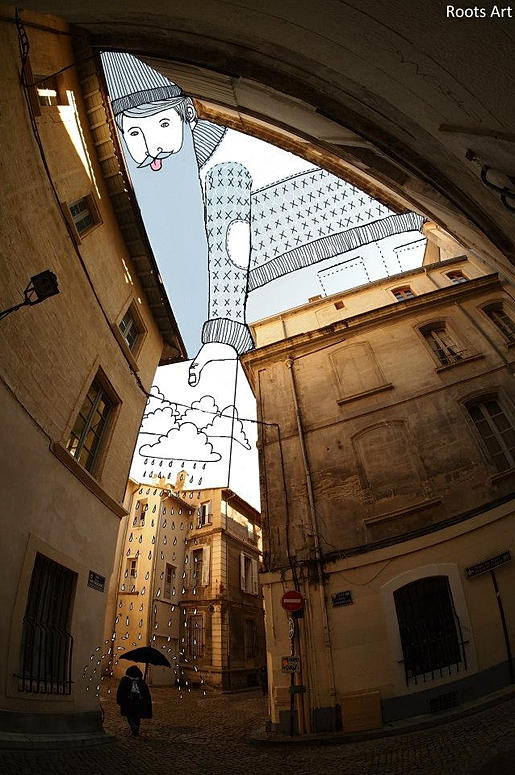I peeked to the calendar and noticed that I have only 12 days till the video deadline. At this point I already want to be doing something, not just wondering around and thinking of a new ideas. I really enjoyed making that one minute video, working on an old picture, putting colour into it, changing old fashioned clothes into bright, sometimes crazy new ones. I got some feedback when I showed my video and it said that I am kind of stuck with the Bournville, why not changing the location, find a better picture. And yes, I would love to find a bit more fascinating picture then the one I used.
In the depths of the Internet I have lost a track of time while roaming through an old pictures. Here are a few that I have found :
In the depths of the Internet I have lost a track of time while roaming through an old pictures. Here are a few that I have found :
Old London
Camden Town Five Ways junction 1920's
The Odeon Cinema, Great Victoria Street, Belfas, 1962
Royal Avenue, Belfast, from Castle Place looking towards North Street (from first floor level) 19/5/1936
These are all fantastic photographs but later on I stumbled upon this one:
Warwickshire, Birmingham, New Street c. late 1950's
I was shocked to see Birmingham and not even because I found this picture so randomly but the fact that the New Street looks so familiar to today's one is fascinating. And I thought why not Birmingham? Especially city centre - Victoria Square. After all, the firs time I came to Birmingham I was not pleased with the city until I saw The Victoria Square and The Council House in it. This would be a perfect opportunity for me the get to know more about it.
I started to look for more pictures and I found this lovely website that has a lot of pictures of old Birmingham. Here are a few :
Warwickshire, Birmingham Broad Street with merchant horses and carts. I love that this picture has Boots store in it already.
Warwickshire, Birmingham, New Street.
Warwickshire, Birmingham, Council House 1900's
Warwickshire, Birmingham, Council House c.1915.
The last picture was my favourite one so I tried to look for more photographs with Council House in them. Here is what I found:
The Town Hall and Council House on Victoria square.
Birmingham Council House, early 1900's.
Victoria Square and the Council House, 1912.
This view of Victoria Square and the Council House from around a hundred years ago gives the impression of being pedestrianised as it is today, though in fact the Council House was surrounded by roads and Victoria Square was criss-crossed by roads too, there was just a great deal less vehicular traffic, with cars still being something of a minority on the roads. The land for the Council House and Museum and Art Gallery was purchased in 1853, and in 1870 the Council finally agreed to build offices for the Corporation on the site. H R Yeoville Thomason was appointed architect in 1871. The Mayor, Joseph Chamberlain, laid the foundation stone in 1874. The building was completed in 1879, and at the opening ceremony 'dancing continued with vigour till midnight.' Only 20 years later an extension was needed; this was completed in 1912 and can be seen in the background, behind the Clock Tower.
This is how I found Digital Birmingham Photo Archive. You won't find much, even they say that it is only a small collection and you can find more at Birmingham Central Library, but I like the neat way of displaying the photos - everything is in chronological order and if you need a specific year they are nicely separated in folders. I haven't found anything else useful in there but the photographs were still fun to watch.
One more really nice webpage is www.historypin.com where you just need to zoom in on the map and you will see some photos are pined to a different places all over your city.
At the moment I am struggling between the two last photographs. I am leaning toward the last one more, but I am still not sure.
At the moment I am struggling between the two last photographs. I am leaning toward the last one more, but I am still not sure.





























